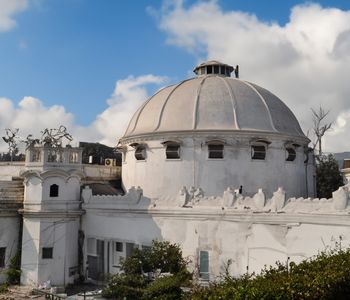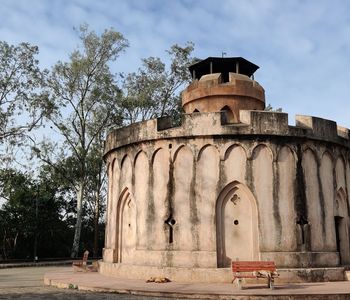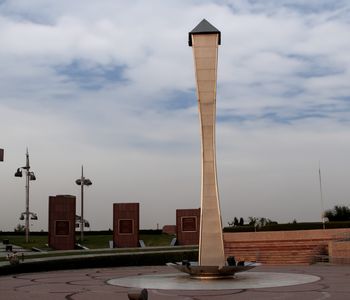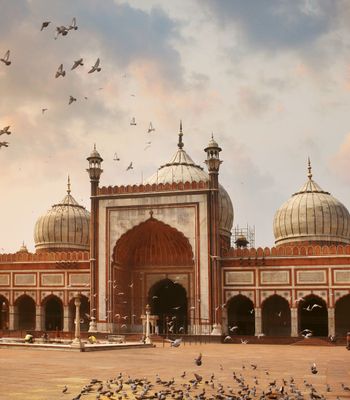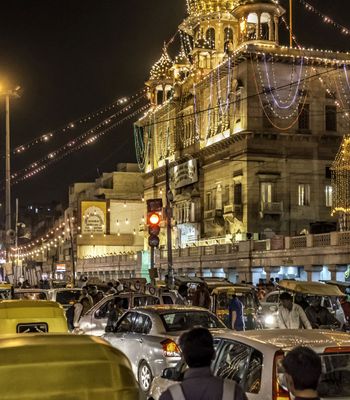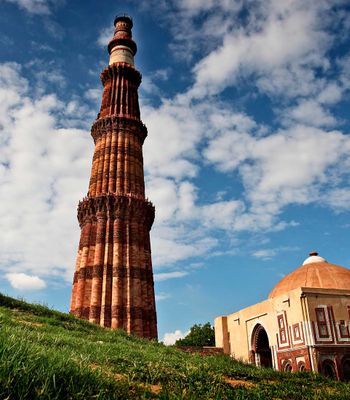The Mutiny Memorial, officially known as Ajitgarh, is a quiet, often overlooked monument situated on the Northern Ridge near Old Delhi. It is one of the oldest memorials from British India.
Unlike other heritage structures filled with crowds and photographers, this one is silent, towering, and a little eerie. It tells the story of the 1857 uprising, the first major rebellion against British colonial rule.
Legends & History: Built to Remember
The year was 1857. Tension was brewing between Indian soldiers (sepoys) and the British East India Company. That year, thousands of soldiers rose in rebellion across northern India.
Delhi was one of the key centres. Fierce fighting took place here from May to September 1857.
After the British recaptured Delhi, they lost many soldiers. In 1863, the British built this memorial to honour those who died during the “Sepoy Mutiny.”
In 1972, to mark the 25th anniversary of independence, the Indian government renamed it Ajitgarh, meaning “Place of the Unvanquished.” A plaque was also added, recognising the Indian freedom fighters who died in the revolt.
Architecture and Layout: Gothic Style on a Hilltop
When you look at the Mutiny Memorial, it doesn’t look like a typical Indian monument. That’s because it was built in Gothic style, very European in its design.
Here’s what stands out:
- Red sandstone tower: The whole structure is built in red sandstone and looks like a church spire more than a war memorial.
- Tall, tiered base: It has a multi-level octagonal base that leads up to the tall central tower.
- Pointed arches and lancet windows: You’ll notice sharp arches and tall, narrow windows typical of Gothic-style architecture.
What to See and Experience
Here’s what you can expect when visiting Ajitgarh:
- Quietude: It’s very peaceful, almost too quiet. There’s rarely a crowd.
- Old British plaques: The original inscriptions are still there, naming the dead from the 1857 fighting.
- Independence-era plaque: Added in 1972, it honours the Indian fighters who died during the uprising.
- View of Delhi: As the monument sits on a hill, you can see a wide stretch of Civil Lines and even some parts of Old Delhi from up there.
When the City Remembers: Events & Significance
There aren’t regular events here, like in a temple or a festival ground. But the place does come into the spotlight every few years:
- August 15 (Independence Day): Some local history groups lay wreaths or conduct heritage walks.
- School field trips: Some Delhi schools bring students here to teach them about colonial history and the freedom movement.
Even though there are no grand celebrations, this place holds emotional value. It marks a turning point in Indian resistance against colonial rule. Some say it’s a monument built by the British to claim victory. Others say it’s now a silent shrine to those who resisted. If you’re in Delhi and looking to touch a real piece of India's revolutionary past, go up to the top of the Mutiny Memorial and watch the city change around it.


